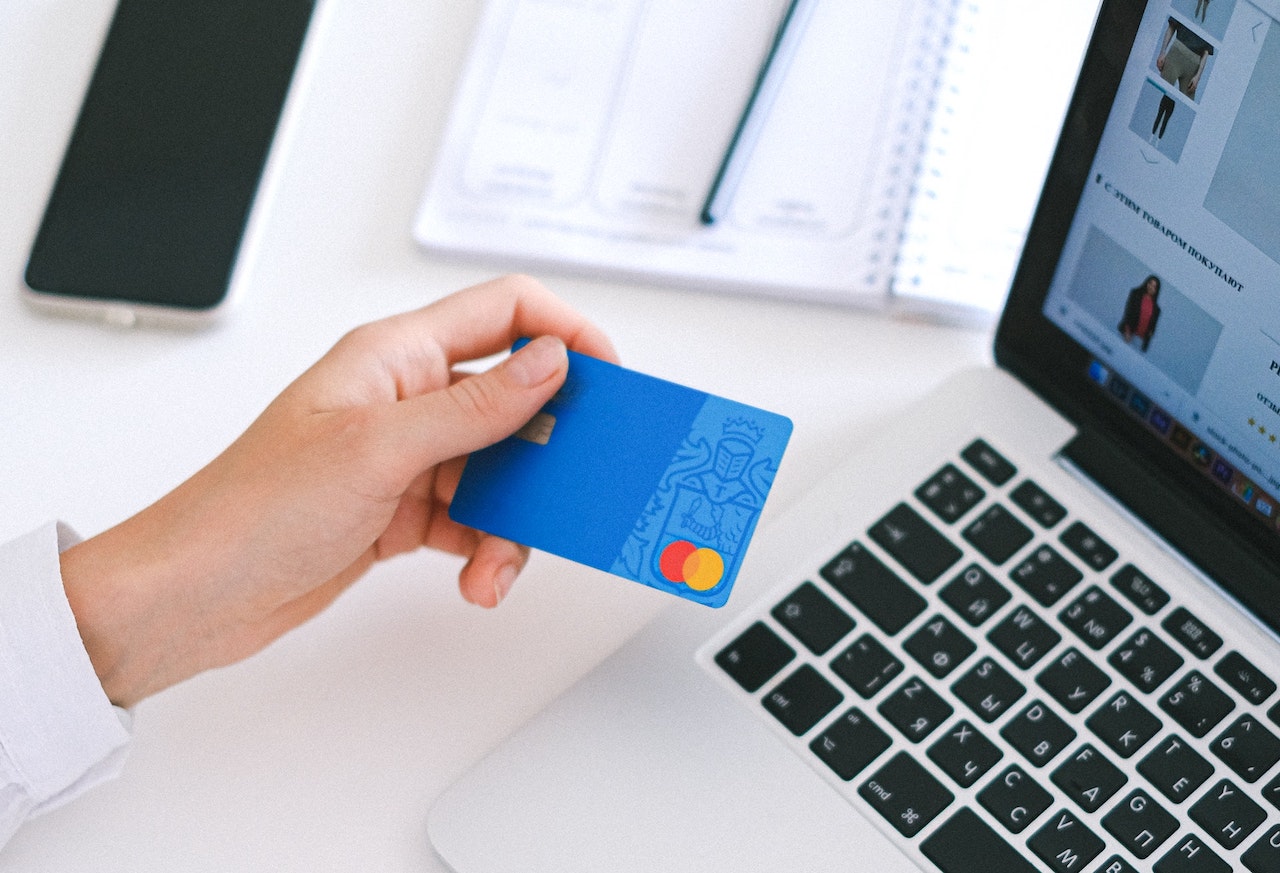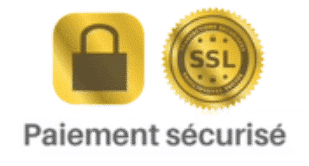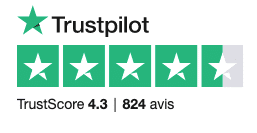Trust badges are like symbols or seals designed to reassure consumers of a company’s legitimacy.
E-commerce is the area in which trust badges are most useful.
However, it’s important to ensure that the right types of badges are used in the right places. 
Why use a trust badge on your site?
Customers often have to share sensitive data when shopping on an e-commerce site.
This includes biological information and bank details.
However, it is not uncommon for this sensitive data to be fraudulently misappropriated on the Internet.
It is therefore essential that the customer can trust the e-commerce site before sharing such data.
This is where a trust badge comes in.
It proves the authenticity of the website on which the customer places an order.
How can a symbol on an e-commerce site confirm authenticity for its customers?
The Baymard Institute in Denmark asked itself the same question, and obtained highly conclusive results in its research into trust badges.
These studies revealed that intuition is more valuable than technicality in the trust visitors place in a website.
This intuition is in turn largely influenced by the visual appearance of a website.
A visual symbol of authenticity on a website can create a feeling of security among its visitors.
It doesn’t matter how sophisticated the badge is.
The researchers used a generic badge during the study and found that it always inspired trust among users.
What are the different types of trust badges?
There are five types of trust badges you can use for a website:
- Secure payment badges
- Order policy badges
- Refund guarantee badges
- Payment badges accepted
- Verification program badges
Secure payment badge
The secure payment badge is provided to the site owner by an SSL certificate provider.
It indicates the site’s Internet connection, and the information shared is encrypted using SSL protocol.
This means customers don’t have to worry about their sensitive data being used by a malicious third party if they intercept their transaction.
Symantec SSL badges are the most widely used to indicate that a website uses secure payments.
They can be displayed in the same way as Norton, VeriSign or LifeLock badges.
PayPal or Shopify badges can also be used as secure payment badges on your site. 
The first option is to display the badge next to the “add order to cart” button.
The second is to place the security badge on the checkout page of an order.
Order policy badges
Order policy badges concern two aspects of order management for an e-commerce site.
The first is free delivery of ordered items to the customer.
Then there’s the option for the customer to return purchased items at no extra charge. 
In particular, badges can be displayed on all pages with an option to add an item to the shopping cart or cash out the order.
You can also place the badge in the header of the home page or on the FAQ page of your website.
Refund guarantee badges
The money-back guarantee complements the free delivery and return of goods in confirming the legitimacy of the site.
This type of badge does not have to be issued by a specialized organization.
It can be issued by the website owner himself, in keeping with his brand image.
The money-back guarantee badge is often placed next to the button for adding an order to a customer’s shopping cart.
It can also be placed next to the button for redeeming a purchase.
In both cases, it’s important to ensure that the badge is displayed large enough to be clearly visible to customers.
Payment badges accepted
The accepted payment badge indicates the methods accepted by the site for payment of an order.
It’s important here that the site displays the most popular payment systems for validating purchases.
These include Visa, PayPal, Mastercard, American Express or Discover. 
The first is to display them at the bottom of the e-commerce site’s home page.
The second is to present them as a list on the checkout page for orders placed on your website.
Audit program seals of approval
There are programs designed to verify the credibility of an e-commerce site for consumers.
They are offered by Google Customer Review, Better Business Bureau and Amazon Best-Seller.
An application must be submitted to these organizations to participate in their program.
If the application is accepted, the site will be evaluated by these organizations in several respects. 
These approval badges are most often placed in the footer of a website.
They can also be placed on payment pages for customer orders.
To conclude on the e-commerce trust badge
Trust badges are an effective solution to a website’s conversion problems.
They reinforce a site’s legitimacy in the eyes of visitors, motivating them to complete their purchase.
Need help with your e-commerce web development?
Contact me now to discuss the solution best suited to your needs.


